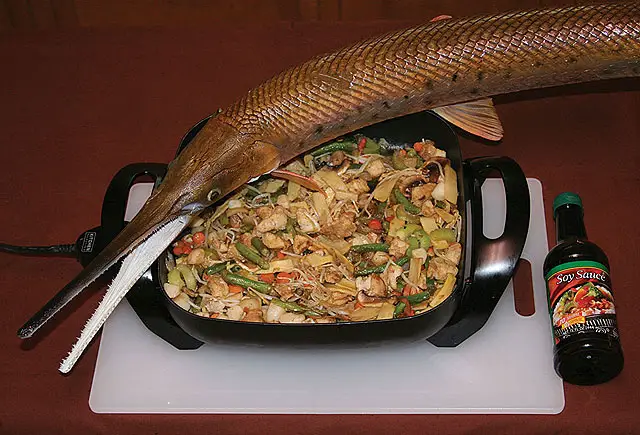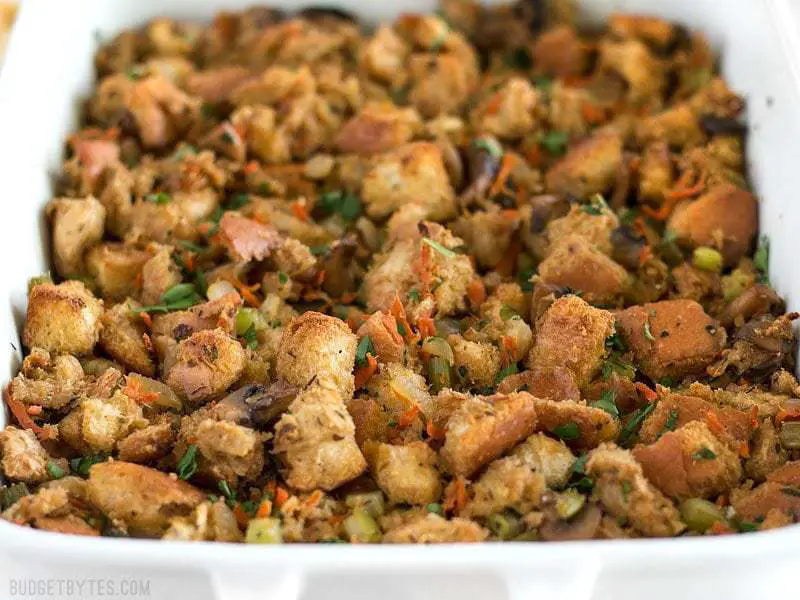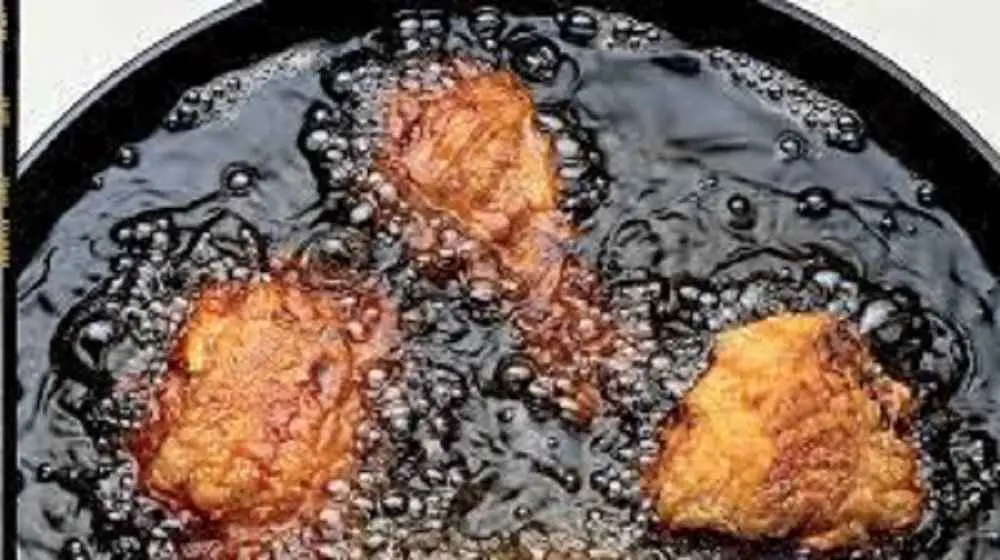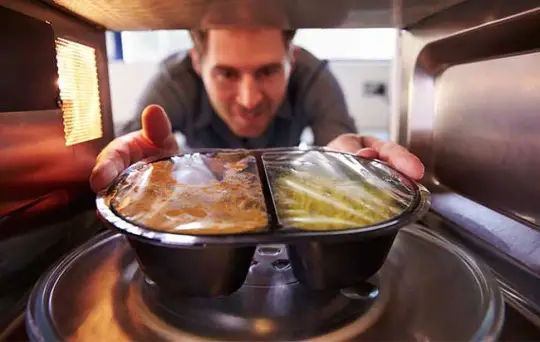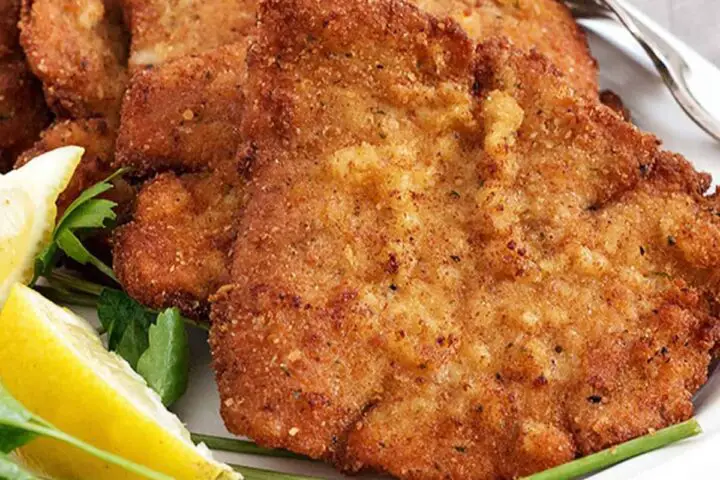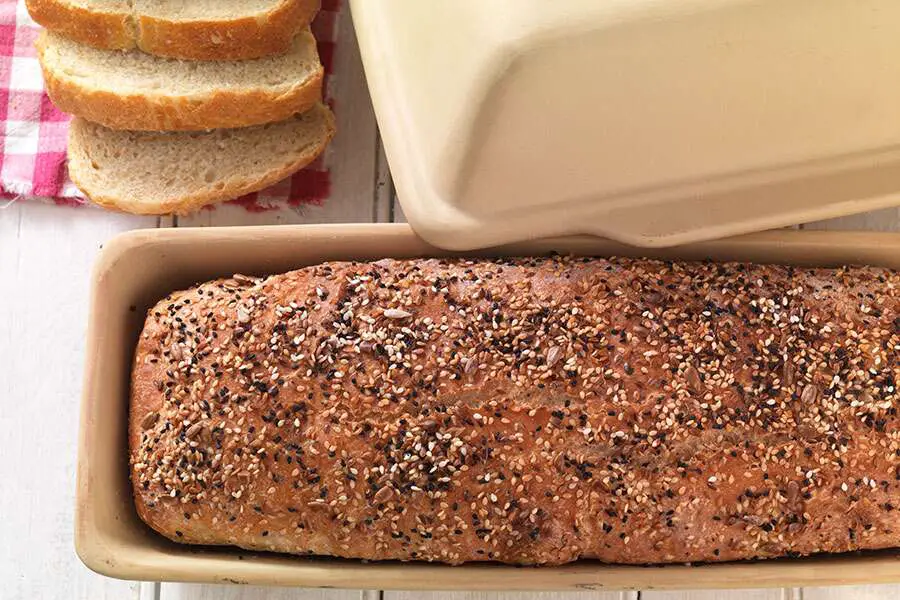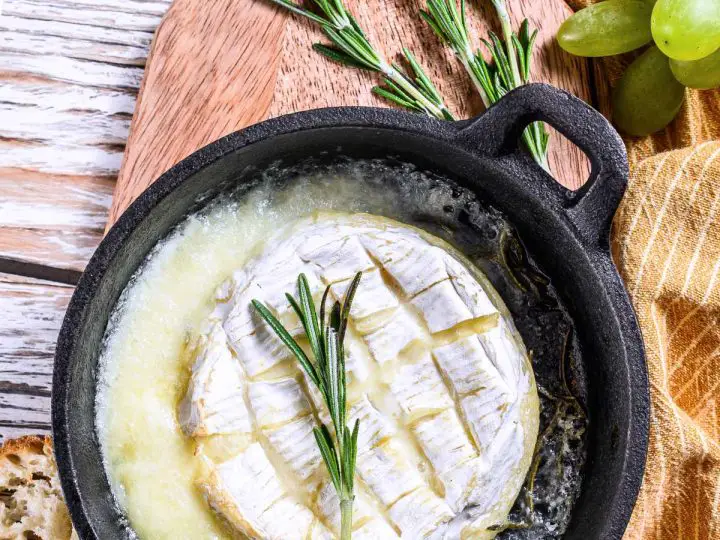Alligator gar is a prehistoric fish with a long history of being a staple in the diet of indigenous people. Its taste and texture are unique, and its popularity has been growing among seafood lovers. However, cooking alligator gar can be intimidating for some, especially for those who have never cooked it before. That’s why we’ve created this ultimate guide to teach you how to cook alligator gar like a pro.
The Alligator Gar: An Overview
The alligator gar is a large freshwater fish native to North America. It can grow up to 10 feet long, weigh more than 300 pounds and has distinctive physical features like an elongated mouth lined with sharp teeth and shiny scales. Due to their intimidating appearance, alligator gars have been considered gamefish. Still, historically, many indigenous people have also caught them to add to their diet. Nowadays, people mostly fish it as a trophy since their numbers in the wild have been significantly reduced due to overfishing practices.
Selecting the Right Fish
If you’re buying an alligator gar from your local fishmonger or fishery, there are things you should check before making your final purchase:
- The eyes should be clear and bulging;
- The body should be firm and not mushy;
- There shouldn’t be any signs of discoloration or dryness on the meat;
- It shouldn’t smell overly fishy or off.
Preparing the Fish
Cleaning the alligator gar will take time but is essential so that no unwanted flavour is imparted when cooking. Start by washing the whole fish under cold water then dry it off using paper towels; from there cleaning follows:
- Remove the head by making a cut behind the gill plate and twisting it off;
- Using a sharp knife, cut along either side of the dorsal fin and lift the spine out;
- Peel off the scales from the skin with pliers or a scraper;
- Cut into fillets by removing the pin bones- the “Y” shaped bones that sit in the centre of each fillet.
Cooking Techniques
As with any fish, there are many ways to cook alligator gar. These include baking, frying, grilling, and smoking. Below are some pros and cons of each method:
Baking
- Pros: Retains most of its flavour and nutrients; baking is a simple method that is great for beginners.
- Cons: Can dry out fish if cooked too long or at a high temperature.
Frying
- Pros: Gives alligator gar a crispy texture covering while retaining moisture content; this cooking method is fast and easy.
- Cons: High fat content due to oil used in frying is not very healthy for consumption; it’s not as healthy compared to other methods.
Grilling
- Pros: It enhances the natural flavours of the meat; It’s a versatile cooking method where various seasonings and herbs can be added.
- Cons: Has to be monitored closely because it can overcook if turned too much, Additionally, using an overly hot grill on alligator gar can result in the fish becoming too dry.
Smoking
- Pros: This method produces very well done, delicious and tender alligator gar since it cooks at a low temperature for longer periods.
- Cons: It takes quite some time to smoke alligator gar, making it not ideal for people who need a quick meal
Delicious Alligator Gar Recipes
These are three tried and true recipes that are guaranteed to be a hit with the guests or family:
Cajun-Style Fried Alligator Gar
- All-purpose flour, seasoned with salt and pepper 1 cup;
- Egg 1 beaten;
- Buttermilk 1 cup;
- Alligator gar fillets-cut into strips, about 2 pounds;
- Cayenne pepper-two teaspoons;
- Paprika-half teaspoon;
- Vegetable oil-enough quantity to fry the fish until golden brown
Mix the flour with paprika, cayenne pepper, salt and black pepper. Mix buttermilk and egg in a separate bowl. Dip fillets of alligator gar into the egg mixture then coat them in the flour mixture before frying until golden brown.
Blackened Alligator Gar With Creole Seasoning
- Sea salt-finely ground, two tablespoons;
- Dried thyme half teaspoon;
- Dried oregano half teaspoon;
- Cayenne pepper two teaspoons;
- Paprika-quarter cup;
- Alligator Gar fillets-cut into strips, about 2 pounds;
- Butter-quarter cup.
Combine salt, allspice, thyme, oregano, cayenne pepper and paprika to make a creole seasoning. Rub the mixture onto fillets of alligator garlic then grill it on high heat for 5-7 minutes each side until browned. Transfer the fillets onto a plate and top the cubed cold butter.
Smoked Alligator Gar with Garlic Butter Sauce
- Alligator gar whole fish;
- Smoke wood chips-1 handful is enough;
- Lemon wedges for serving;
- Garlic butter sauce: half cup unsalted butter;
- 1 tablespoon lemon juice;
- Eight cloves of minced garlic;
- Salt to taste.
Clean and prepare the alligator gar for smoking by following the preparation techniques outlined above. Preheat your smoker to 225 F, add wood chips to enhance flavour then smoke for two hours or until cooked through. For the garlic butter sauce, melt butter in a small pan over low heat. Add chopped garlic and stir until fragrant before adding lemon juice and salt to taste.
Sides, Sauces, and Pairings
To complement your alligator gar dishes, we recommend:
Sides
- Rice pilaf: This is a perfect side dish option because the rice pairs well with alligator gar flavour as it absorbs any flavours coming from the fish.
- Seasonal vegetables: a side dish consisting of boiled sweet potato, spinach and tomato is an excellent idea as it provides vitamins and antioxidants to any meal.
- Garlic mashed potatoes: A good substitute for plain white rice is garlic mashed potatoes. Its richness enhances the proteins used in cooking alligator gar, giving your dish a more tantalising taste.
Sauces and marinades
- Lemon butter sauce: Adding this to your fish dish brings out a tangy and sweet flavour that combines well with alligator gar.
- Remoulade sauce: This type of sauce, containing mayonnaise, mustard and cornichons, gives alligator gar a unique savoury taste.
- Teriyaki marinade:It adds a type of sweetness that pairs beautifully with alligator gar flavour offerings
Beverages and Wine Pairings
To add some dimension to your meal, try combining various types of beverages to enhance flavours. Some suggested combinations to try are:
- If you want something crisp to accentuate the lemon butter flavour, try incorporating sparkling wine into your meal table.
- If you prefer having some citrus flavour inside your mouth throughout the meal, then orange juice on the rocks will work miracles
- If looking for something inviting or low-key that will not take away from dishes with too many flavours at play, then Iced tea would be an excellent option
.
.
Nutrition Benefits & Safety Precautions
Alligator gar meat is an incredibly healthy addition to your diet. It has high amounts of lean protein with lower calories compared to other meat. Also, it is rich in omega-3 acids, which are essential for maintaining good health. However, precautions should be taken during preparation.
Alligator gar is prone to absorbing mercury and other contaminants present in freshwater streams. When purchasing the meat, ask your fishmonger or fishery staff where the meat is sourced from, and always catch and consume them moderately.
Hunting vs Farm-Raised Alligator Gars
When buying fresh alligator gar meat, you might come across farm-raised ones as well. While both types have their benefits, there are some differences consumers should keep in mind.
- Wild-caught Alligator gar – has a more authentic taste and texture compared to farm-raised.
- Farm-raised Alligator gar – Environmentally more friendly as they are grown in controlled conditions minimizing overfishing.
Sustainability and Conservation
Conservationists have raised alarm bells about the decline of alligator gar populations due to overfishing in recent years. Though wildlife fishing regulations have helped prevent the continued reduction of their stock sizes; maintaining sustainable fishing practices will aid in preventing further decline while supporting economic growth simultaneously
Conclusion
In essence, cooking alligator gar requires patience but is manageable once you get the hang of it. It offers diverse cooking techniques that give a sumptuous and unique flavor when adequately prepared. Try out these recipes today and surprise your guests or family with new delicacies they will never forget!
Frequently Asked Questions
Can I eat alligator gar?
Yes, you can eat alligator gar. In fact, alligator gar is considered a delicacy in some parts of the world. However, it’s important to keep in mind that alligator gar are known to have a lot of bones, so it can be difficult to clean them properly.
How do I clean an alligator gar?
Cleaning an alligator gar can be tricky, but with the right tools and technique, it’s not too difficult. First, you’ll need a sharp fillet knife and pair of pliers. Cut along the spine of the fish and remove the fillets from both sides. Use the pliers to remove any remaining bones.
What are some good recipes for cooking alligator gar?
There are endless ways to prepare alligator gar, but one popular method is to fry it. Cut the fish into bite-sized pieces, coat them in cornmeal or flour, and then deep fry them until they’re crispy and golden brown. You can also grill or bake alligator gar, or use it as a base for fish tacos or gumbo.
Where can I buy alligator gar?
Alligator gar is not typically found in most regular grocery stores, but you can find it at specialty seafood markets or online retailers that specialize in exotic meats and seafood. It’s important to make sure that you’re buying from a reputable source and that the fish has been properly cleaned and prepared before cooking.
